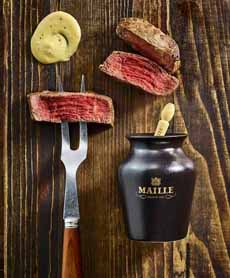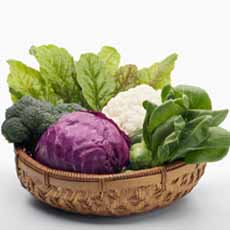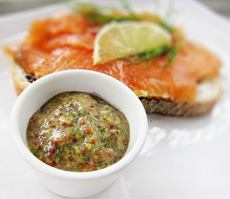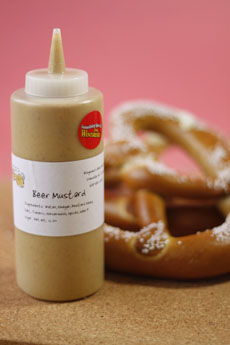TIP OF THE DAY: Ways To Use Mustard
|
August 5th is National Mustard Day, but since this is a big holiday weekend with lots of mustard in play, we’re jumping the gun.
We have two favorite mustard brands: Maille, the venerable mustard house of Dijon, France, which makes Dijon in dozens of flavors; and Colman’s, the fiercely hot, Chinese-style mustard (the different types of mustard). We love mustard—great flavor, virtually no calories—and have written it into many recipes and our 10 favorite ways to use mustard. Even if you don’t want mustard flavor, it can work in the background to perk up so many recipes. Our favorite uses: You can find lots of recipes on Maille.com. Although we haven’t tried it, there’s a recipe for carrot cake and a mango cocktail, both of which use Dijon mustard. For some real heat, look at this collection of recipes from Colman’s. Add some heat to mac and cheese, soup, even gingerbread. Your healthcare providers want you to eat more cruciferous veggies. Cruciferous vegetables—also known as brassicas—are superfoods that comprise the Brassicaceae family of vegetables. These nutritional powerhouses are also packed with cancer-fighting* phytonutrients, powerful antioxidants. The family includes |
 [1] Mustard is a spicy-savory condiment, that can be softened with honey, mayonnaise, yogurt (photo courtesy Maille).
|
|
 [6] Cruciferous cousins, clockwise from top: turnip greens, cauliflower, tatsoi, Brussels sprouts, red cabbage, broccoli (photo courtesy PinsDaddy). |
Eat up: Cruciferous vegetables are low in calories and high in fiber, vitamins and minerals. Consume them raw or lightly steamed to get the maximum amount of antioxidants. Just don’t overcook them! You can eat overcooked carrots or potatoes, but overcooked broccoli and Brussels sprouts are not so pleasant. “Cruciferous” derives from cruciferae, New Latin for “cross-bearing.” It is so named because the flowers of these vegetables consist of four petals in the shape of a cross. Here’s a book you may enjoy: Brassicas: Cooking the World’s Healthiest Vegetables: Kale, Cauliflower, Broccoli, Brussels Sprouts and More. |
|
|
|
||






